Himanshu Rai
Neural Architecture Search with Reinforce and Masked Attention Autoregressive Density Estimators
Jun 02, 2020
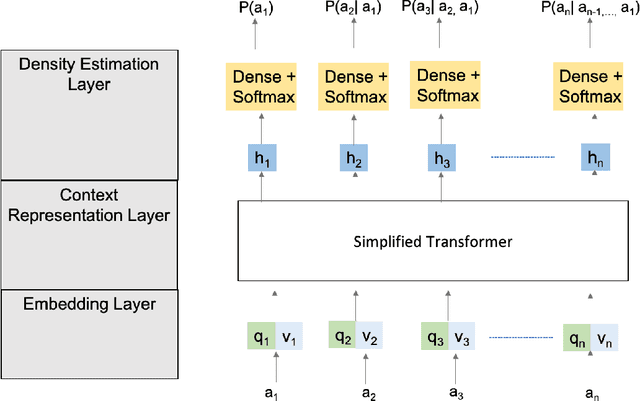
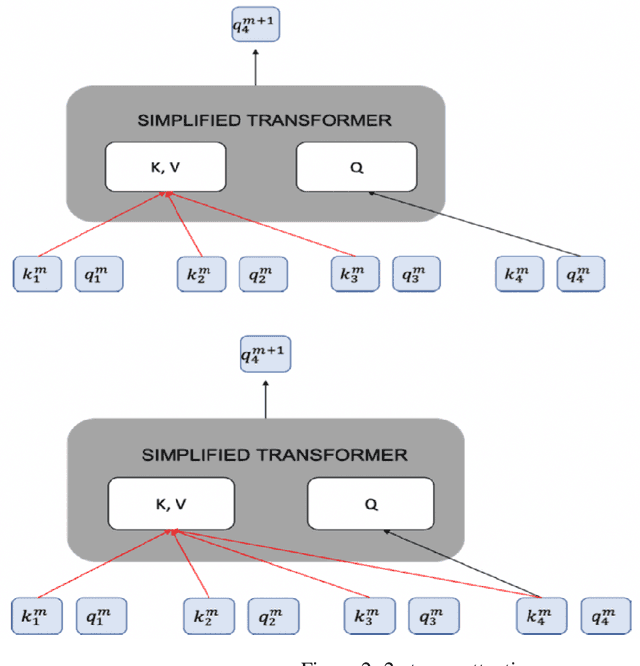

Abstract:Neural Architecture Search has become a focus of the Machine Learning community. Techniques span Bayesian optimization with Gaussian priors, evolutionary learning, reinforcement learning based on policy gradient, Q-learning, and Monte-Carlo tree search. In this paper, we present a reinforcement learning algorithm based on policy gradient that uses an attention-based autoregressive model to design the policy network. We demonstrate how performance can be further improved by training an ensemble of policy networks with shared parameters, each network conditioned on a different autoregressive factorization order. On the NASBench-101 search space, it outperforms most algorithms in the literature, including random search. In particular, it outperforms RL methods based on policy gradients that use alternate architectures to specify the policy network, underscoring the importance of using masked attention in this setting. We have adhered to guidelines listed in Lindauer& Hutter (2019) while designing experiments and reporting results.
Learning Effective Visual Relationship Detector on 1 GPU
Dec 12, 2019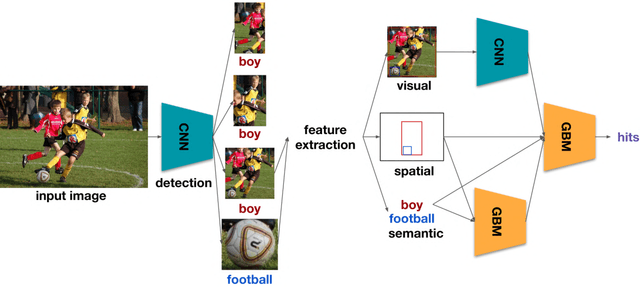

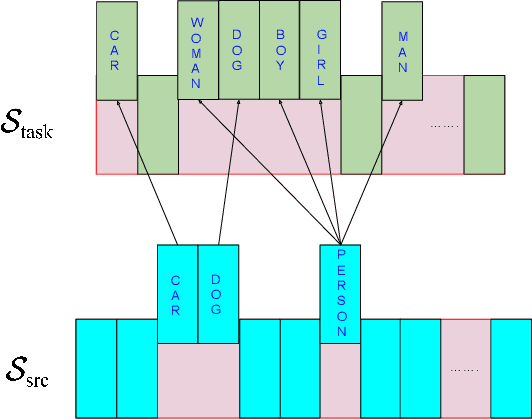

Abstract:We present our winning solution to the Open Images 2019 Visual Relationship challenge. This is the largest challenge of its kind to date with nearly 9 million training images. Challenge task consists of detecting objects and identifying relationships between them in complex scenes. Our solution has three stages, first object detection model is fine-tuned for the challenge classes using a novel weight transfer approach. Then, spatio-semantic and visual relationship models are trained on candidate object pairs. Finally, features and model predictions are combined to generate the final relationship prediction. Throughout the challenge we focused on minimizing the hardware requirements of our architecture. Specifically, our weight transfer approach enables much faster optimization, allowing the entire architecture to be trained on a single GPU in under two days. In addition to efficient optimization, our approach also achieves superior accuracy winning first place out of over 200 teams, and outperforming the second place team by over $5\%$ on the held-out private leaderboard.
Semi-Supervised Exploration in Image Retrieval
Jun 12, 2019
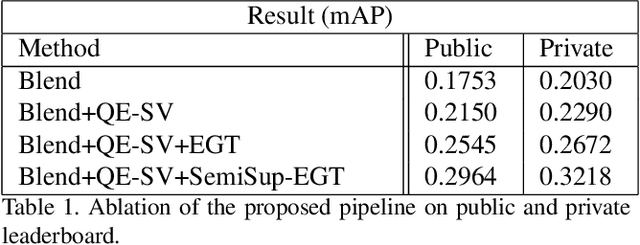
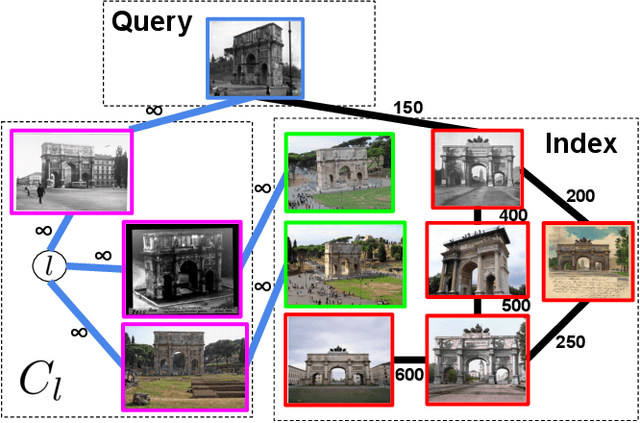
Abstract:We present our solution to Landmark Image Retrieval Challenge 2019. This challenge was based on the large Google Landmarks Dataset V2[9]. The goal was to retrieve all database images containing the same landmark for every provided query image. Our solution is a combination of global and local models to form an initial KNN graph. We then use a novel extension of the recently proposed graph traversal method EGT [1] referred to as semi-supervised EGT to refine the graph and retrieve better candidates.
 Add to Chrome
Add to Chrome Add to Firefox
Add to Firefox Add to Edge
Add to Edge